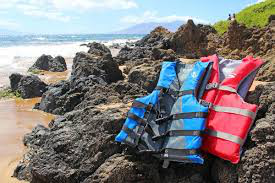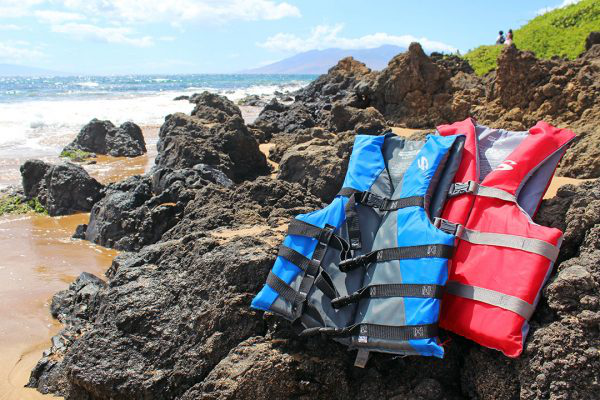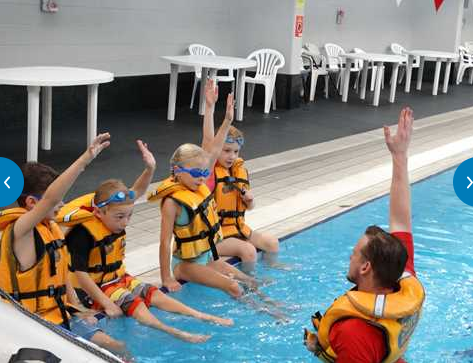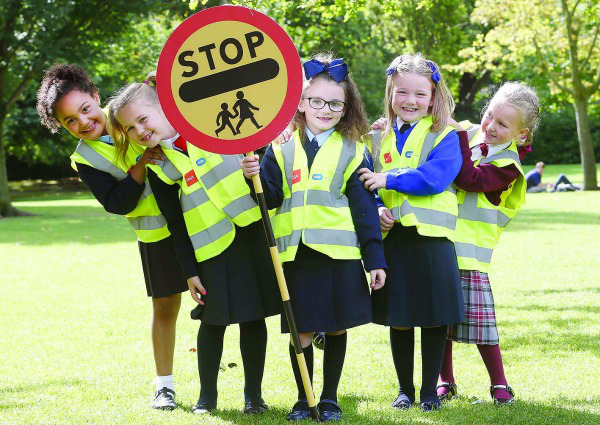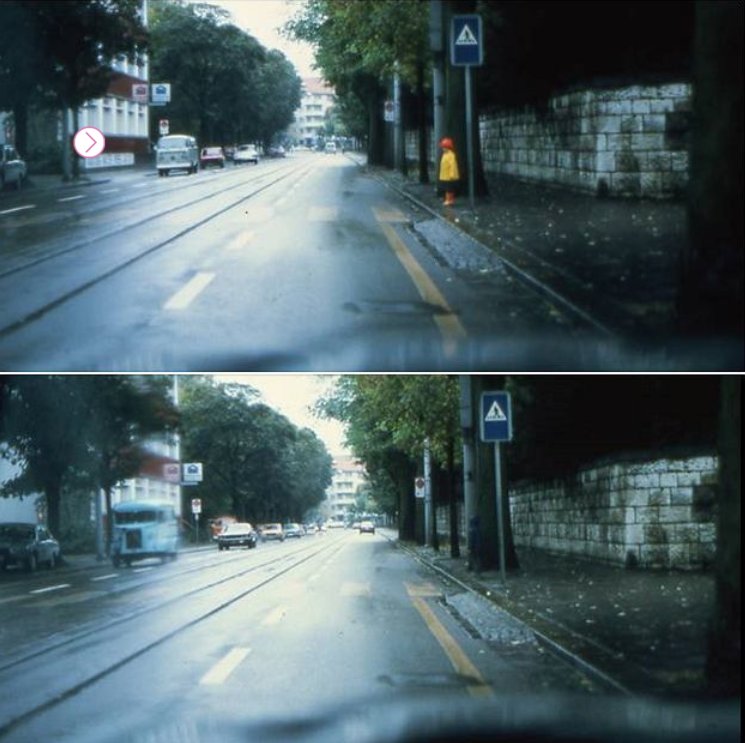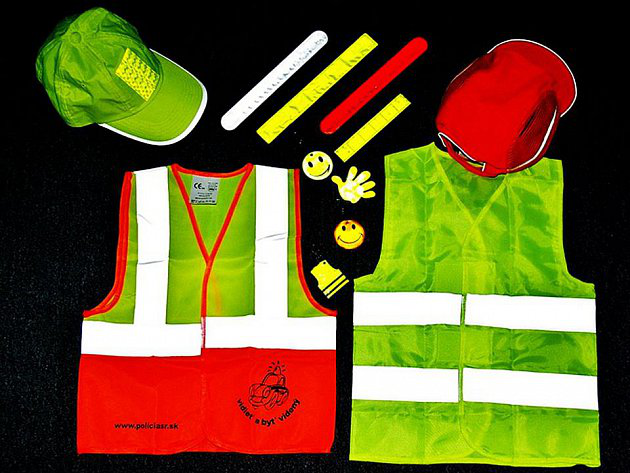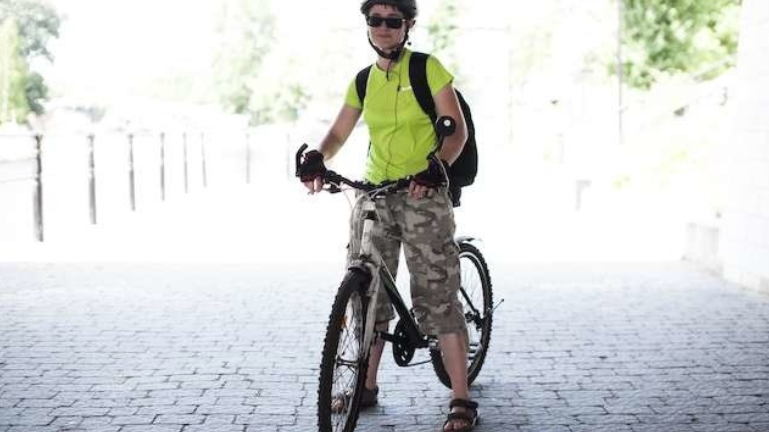Attitudes to wearing lifejackets have changed slowly but surely says offshore sailing instructor and Rubicon 3 founder, Bruce Jacobs. As with car seatbelts, lifejackets are something that we automatically wear out on the water rather than just something to be worn in extremis. Personal responsibility and good seamanship do much to avoid a man overboard, but modern lifejackets are more lightweight and comfortable to wear than older models, giving us little reason not to put one on.
Part of this change has also been that lifejackets are seen as personal equipment, part of an individual’s sailing gear for which they are personally responsible, though many boat owners still carry lifejackets for their full crew.
Either way, you need to be confident that your lifejacket or lifejackets are in good working order, and can be relied upon in an emergency.
Lifejackets have a hard life. They are used and abused during the season, soaking with saltwater, dried in the sun, or shoved damp into a cramped locker. Giving it a thorough check and service, at least once a season is vital, as well as checking a few key features throughout the season. If you haven’t had your lifejackets serviced professionally in a couple of years, it’s worth doing to give them a more thorough set of checks, and for the peace of mind that everything is in order.
1
Life jackets have a tough life, but they need to be in good condition. Look for wear or chafe on the outer casing. Then look at the harness – run your hands down the webbing, looking closely that the stitching in good condition, and that there are no cuts, tears or UV damage. Then look at the buckle. If it is made of metal there is little that can go wrong, but check it’s not bent and the webbing attachment is in good order. If it’s a plastic buckle, make sure there are no chips or cracks, and the spring arms work correctly.
2
The crotch strap is an essential part of the lifejacket for keeping it close to your body in the water. The weak link here is the plastic buckle on either end as they are prone to be trodden on or caught in a hatch. Check both arms of the male part and the surround of the female part. There should be no cracks or splits. Replace it if there are.
3
Open up the casing by pulling open the zip or Velcro closure. Take some photos of the folded bladder, and at each stage, to help remind you how to repack it correctly. Unfold the bladder and look for any sign of physical damage, mould or mildew. A corroded gas canister can be rough enough to damage the bladder. The reflective tape needs to be fully attached and in good condition, and the stitching should all be intact. Now is a good moment to look after the zips if you have them. A bit of silicone spray will prevent friction and protect the zip.
4
The equipment attached inside the lifejacket is critical in a real man overboard. Check that the whistle is attached. If the light (and yours should have a light) has a test button use this, or trigger the light by dipping the contacts into water. Make sure the oral inflation tube is in good nick – you’ll check the valve when you inflate it. If you have an AIS beacon or a PLB attached, use the self-test function on this. The hood is another essential piece of equipment to prevent secondary drowning. The seams and windows can degrade over time, so replace this if necessary.
5
On a manual-only firing mechanism, the lever should be closed and the green tag in place. This will be the case on the manual trigger for an automatic too, but you’ll also need to check the automatic cartridge is in date and has the green end cap in place. If the end is red, it’s been fired. If you do need to replace the canister, cartridge, or clips, be sure to use the correct one for your lifejacket.
6
Next, unscrew the gas cylinder. This is fairly susceptible to corrosion as they sit in a damp environment for much of the time. Check the outside of clinder and the screw threads, and the end cap should be intact and not punctured. If that’s all in order, screw it back in. If not, replace the canister and check any rubber o-rings. Check the cylinder matches the specification printed on the lifejacket.
7
The central part of a lifejacket service is to check that it is airtight, and remains so for an extended period. To do this, take the end cap off tube and inflate; you can blow into it, but this will introduce moisture. Lifejackets contain a powder to prevent the bladder surfaces from sticking to each other, but the moisture in your breath can prevent this work. It’s better if you can use a pump so the air that goes in is dry.
8
Inflate to fairly firm pressure. You can submerge it for a bubble test, but make sure you have removed the cartridge first, so it doesn’t dissolve the salt crystal and fire the canister. The only failsafe test, however, is to leave it overnight for at least 12 hours, ideally 24 hours. While you’ve got it inflated, it’s a good time to try it on and find what it’s like to wear. Particularly, have a go at finding and deploying the hood – it’s not always easy and it’s vital to know how to do this before you need it for real.
9
If having left the lifejacket overnight, you find it has lost a significant amount of pressure, it is probably at the end of its life. You could send it back to the manufacturer to check over, but you shouldn’t use a lifejacket that leaks. It’s probably time for a replacement. Every lifejacket will include a service record, which will tell you when it was last professionally serviced. If it hasn’t been done for a while, it is worth sending it for a full overhaul, even if it stays inflated, for thorough testing and peace of mind.
10
If you are happy the lifejacket has no leaks, use the inflation tube cap and invert it to release the valve at the end of the inflation tube. It’s crucial to make sure all the air is out, so be patient, or use a foot pump to deflate. Don’t use a finger or anything else that could introduce dirt or debris into the valve.
11
Slide the gas canister into any holding clips or coverings, as this helps prevent chafe. Screw the canister into the firing mechanism; it should be hand tight but not so tight as to risk damaging the threads. The bottles can work loose during the season, so this is something you’ll want to check regularly.
12
Screw the trigger cartridge back on but don’t overtighten it. Check the manual toggle and lay it so it hangs outside the bladder. Replace the green clip over the manual firing arm.
13
Make sure you’ve checked your lifejacket instructions on how to repack it, as each lifejacket model can have its intricacies. It’s important that if you have a separate bladder inside, the bladder is folded not rolled, as this can prevent the bladder inflating. Take care not to trap the bladder in the casing closure and check that the lifting becket is easily accessible and properly stowed. Make sure the crotch strap is done up. Finally, stow your lifejacket somewhere dry and protected.


